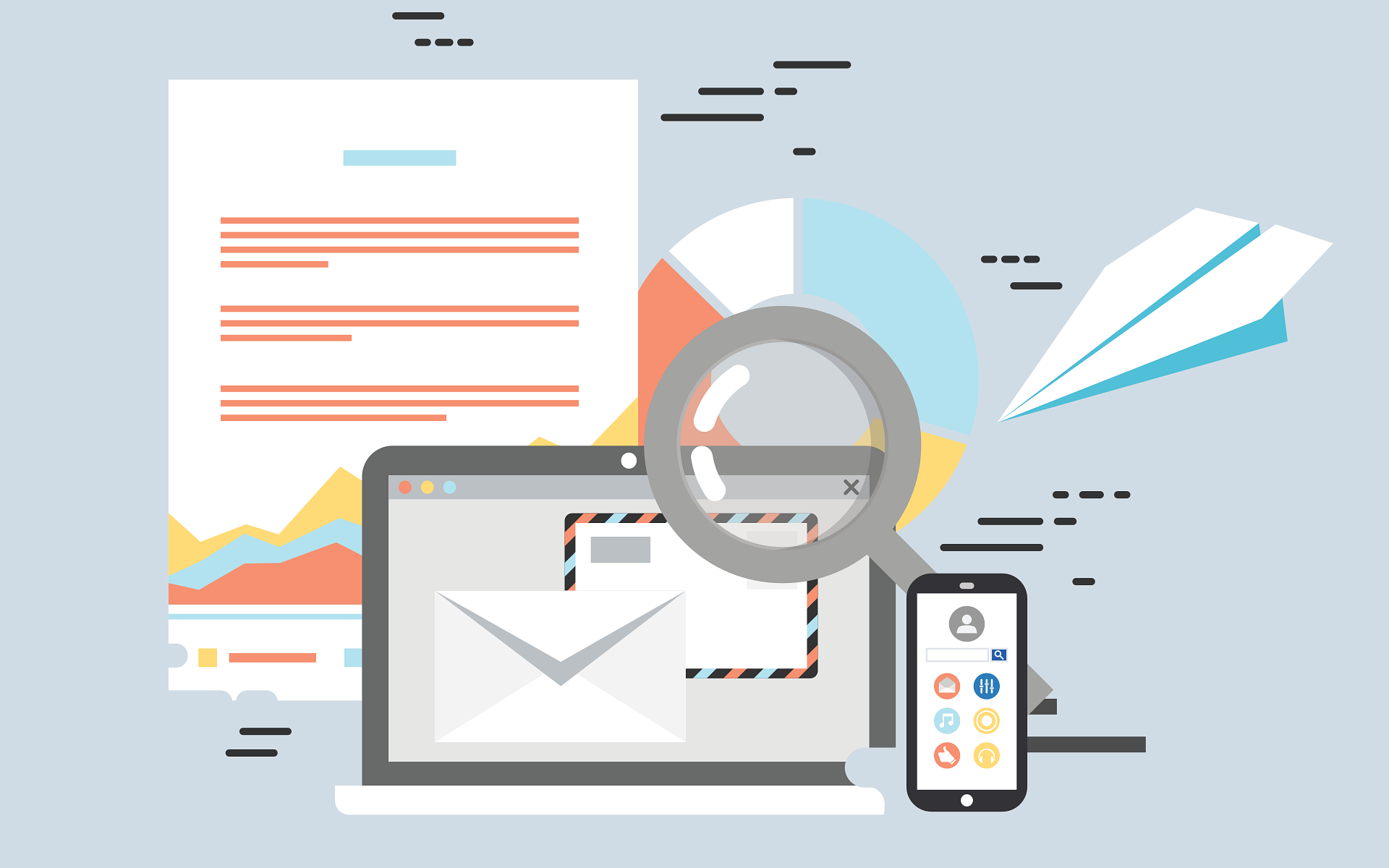
Video marketing is an integral and vital part of the digital marketing landscape. Many businesses are adopting innovative ways to use videos to engage audiences, build and increase brand awareness, and convert viewers into customers.
There’s also a common misconception that video marketing is too expensive and not worth the investment. The stats tell a different story, though. Wyzowl’s 2024 video marketing statistics show that in 2024, 91% of respondent businesses said they were using video marketing, and 90% of marketers responded that video marketing gave them a good return on investment. 82% of consumers surveyed responded that they were convinced to buy a product or service by watching a video.
If you are considering video marketing for your business or are already doing it but not getting the expected results, this article will discuss 12 strategies to help you run successful campaigns.
Understand the Type of Video Message Your Viewers Will See
First, you must decide what messages you will give your prospects and clients and what channels you will use to reach them. There’s no right or wrong answer here; you can start small and expand later. Once you have decided on at least one or two messages, you need to look at channels where your potential clients are likely to frequent and target those channels to convey your message. For example,
- If you run an accounting firm or a dental practice—an introductory video showing your services will be a good start. This can be followed by a few more videos showing satisfied customer testimonials. All these videos can be hosted on the company website, and you can optimize the site for search engines and promote it via paid ads when there’s traction.
- A Facebook marketplace merchant selling dresses and fashion products must regularly upload SEO-optimized videos showing new product lines on its business page. She may also want to boost engagement later through Facebook ads.
- An online training provider may want to use a YouTube channel to showcase “teaser” videos of complete training courses. These can also be reused on Facebook campaigns.
Tell a Story to Create Emotional Connections
People connect emotionally with stories. Storytelling helps brands make their values, products, and services relatable to their audience, encouraging viewers to engage and share. Videos focusing on narratives tend to be more memorable and shareable.
There are a few examples of such storytelling:
- Showcasing how your products or services have transformed your customers’ lives or businesses. This is the “hero’s journey” where your brand solves your client’s challenge.
- Telling where your business stands on critical issues like environmental protection, race equality, gender discrimination, and other social issues, and how you have implemented best practices around those in your company.
- Showing how your business builds something from start to finish. These are more like “behind-the-scenes” stories.
Storytelling videos are usually long-form, but keeping them within 15 minutes will keep users engaged. The more elaborate and involved the story, the more sophisticated the video-making process needs to be.
Use Personalization
Storytelling becomes even more effective when it is personalized. Personalization has increased conversions across various digital marketing strategies; video is no exception. Delivering customized video content to different audience segments can increase relevance and improve engagement rates.
You can implement personalization by:
- Creating different video versions for various audience segments based on demographics, interests, or buying behavior.
- Send personalized emails with video messages, such as a custom video thanking someone for a purchase or recommending related products.
- Implement dynamic video tools that automatically change the video content (like names, products, or messages) based on the viewer’s profile, locality, or interaction history.
Feature User-Generated Content (UGC)
Another form of storytelling is User-generated Content (UGC). Consumers trust independent customer reviews and testimonials, short how-tos, and unboxing videos more than branded content. Featuring real customers endorsing your products and services builds authenticity and encourages potential buyers to trust your brand.
To use UGCs, you can encourage satisfied customers to share videos of their experiences with your product or service. You can also create social media contests where users submit videos for a chance to win prizes.
You can feature first-hand stories like these on any channel: reposts from social media, linking from email newsletters, or even hosting on the main website. Bear in mind that you need to get written permission from your customers before you can use their content.
Another particular type of UGC is influencer videos. For this to work, you must have the budget and manpower to reach out to influencers in your industry, onboard them, and incentivize them. Although this can be expensive, partnering with influencers in your niche can significantly boost your marketing efforts. Influencers can introduce your brand to followers and lend credibility to your offering.
Create Short, Mobile-optimized Videos for Social Media
People love to hear and see stories on social media, and videos are an excellent choice to convey your brand’s story. Some interesting video marketing statistics published in a 2024 SocialPilot article show:
- People view social media videos 48% more than other platforms, and 88% of marketers prefer YouTube.
- Facebook accounts with over 100K followers typically publish 71% of their content as videos, and the conversion rate is highest for Facebook video ads with durations between 16 and 20 seconds.
- Over 75% of all videos are played on mobile devices.
Short, bite-sized videos work particularly well on social media, where users tend to scroll quickly through their feeds. These videos are quick to consume and shareable, can drive engagement and traffic in a shorter time, and can lower bounce rates. Keeping videos within 60 seconds or even less also ensures they load quickly. Also, short videos don’t necessarily need an elaborate set-up. Examples of such videos are those made by influencers. Some videos are meant for mobile channels like TikTok or YouTube shorts, while others need to be optimized for mobile. To do this, use vertical and square format videos. Also, ensure any autoplay setting is enabled.
However, not all social media channels may be suitable for your brand. For example, if your target audience consists of corporate B2B entities and not Gen Z, you may consider platforms other than TikTok. On the other hand, you can distribute the same short video on multiple channels if your ideal customers are active on those platforms.
Create Educational and How-To Videos
Users often search for “how-to” and instructional videos to solve specific problems. By providing educational content, brands can position themselves as trusted industry resources. These videos can attract search engine traffic and help build traffic to your website. Also, educational videos with screencasting can be low-cost.
When choosing subjects for educational videos, consider common problems your target audience faces and provide solutions. To make the video more user-friendly, you can use step-by-step instructions—highlighting key areas on a screen—and expert tips. Also, consider breaking down complex subjects into multiple, stand-alone, bite-sized chunks viewers can easily navigate and jump between. Viewers will likely engage in twelve 5-minute videos rather than an hour-long tutorial.
Consider Live Streaming
Live streaming allows brands to connect with their audience in real-time, creating a sense of immediacy and exclusivity. It’s one of the most engaging video marketing methods because it fosters direct interaction with viewers. Live events can be hosted through platforms like vFair, Hopin, Zoom, or Livestorm. Once the event ends, the recorded version can be hosted on social media or YouTube for others to view.
A typical live stream use case is a webinar where people register through a landing page for the event. The data captured from the registration is used to build a lead list. Other use cases can include:
- Live demos and how-tos
- Keynote speeches
- Live training
- Product launch events
- Behind-the-scenes tours
Use Video SEO to Boost Organic Reach
Like text-based content, videos can be optimized for search engines like Google, Bing, and YouTube. Optimizing video content for search engines can increase organic traffic to your website or other online presence.
You can achieve video SEO in a couple of ways. First, you can transcribe your videos and include a closed captioning track to improve accessibility and searchability. Video transcripts are fully indexable and crawlable by search engines and follow all the SEO rules. This means you must design and write your video scripts carefully, considering what information and keywords users could search for that your videos can answer.
Keywords must also be used in other relevant places, like video titles, descriptions, and tags. Don’t cram too many keywords into one place: target one or two per video.
Another way to boost search engine visibility is to use compelling titles and thumbnails. These can increase click-through rates (CTR), which signals to platforms like YouTube that your content is valuable, improving its ranking.
Use Full Suite of Technology When Needed
Although we discussed keeping video marketing simple, you must invest in the right tools, technologies, and expertise when and where needed. For example, your law practice’s video may need a simple iPhone and its built-in mic and a simple tripod to get started, but your real estate property videos will need a professional video camera, perhaps a drone, a lapel mic for the agent, and more post-production editing. Apart from the cost of equipment and software, you will also need to consider the fees for any contractor doing the job for you.
Use Simple Video-making Techniques When Possible
Not every professional-looking video message must be created from scratch with expensive cameras, lighting, props, and sound gear, though. Clips you have already shot for other videos can be reused, reducing cost.
Another way to leverage existing content is to use stock footage libraries. Sites like Adobe Stock, Pond5, or Shutterstock have video footage of almost every possible scenario. You can purchase royalty-free clips from sites like these and use them in as many videos as necessary. Similarly, applications like Canva or Figma come with many customizable video templates, and you can also use AI video generators to create simple videos.
Doodle videos are another way to convey your message. Using drawing animations in tools like Doodly, you build videos that are just as powerful.
Implement a Strong Call to Action (CTA) on EVERY Video
This is probably the most important strategy to implement, yet many videos lack clear CTAs. A call to action is anything you want the viewer to do once s/he has finished watching the video—whether it’s subscribing to your newsletter, visiting your website, or making a purchase. Many video marketers think the viewer will get the inherent message by watching the video, but remember, it’s a funnel; you have to explicitly tell the viewer what the next step should be. Place your CTA prominently in the video and the description.
Here are some ways to provide strong CTAs:
- Provide a URL to your site or landing page on the video or description. Use shortened links. Ask the user to visit the page.
- Ask the viewer to send inquiries to the email addresses or phone numbers shown in the video or the description.
- Use interactive elements on the video, like clickable buttons, quizzes, or polls.
Follow a Consistent Plan, Analyze Results, and Adapt
Like any other content marketing, video marketing also needs consistency. As with blogs or social media posts, you must plan your video content, its messaging, call to action, target audience, and posting schedule. This may sound trivial, but making videos takes more time than other forms of content, so you must be well-prepared. For example, if you plan to release a series of short videos for the Christmas sales period, you should start planning the whole campaign a few months ahead.
Keeping an eye on critical metrics like view counts, shares, likes, comments, click-through rates, and play rates can help you find the subjects, formats, and posting schedules most relevant to your viewers. Comments and feedback can be effective mediums for initial engagement, which can be used to build a lead list. You can also use events like clicks and completion rates to understand if your videos are making an impact.
You must collect metrics over time for each type of video you post across each channel. Carefully analyzing the data will help you determine what’s working and what’s not and make necessary adjustments.
Final Words
Hopefully, you will now have some solid guidance on video marketing campaigns. As a marketer, you must implement the most relatable strategies to your business that will likely build viewership, engagement, and inquiries. Also, don’t expect overnight results: video marketing is a long-haul game, just like content marketing, SEO, or email marketing. Patience and adaptation are the key.
At Professional Data Skills, we help clients build and run video marketing campaigns. Check out this YouTube page for some educational video examples. You can also contact us to learn more.







